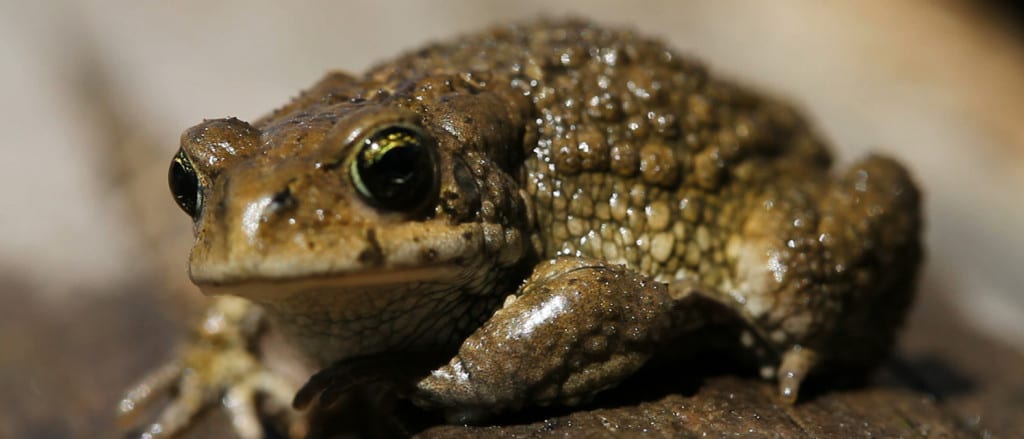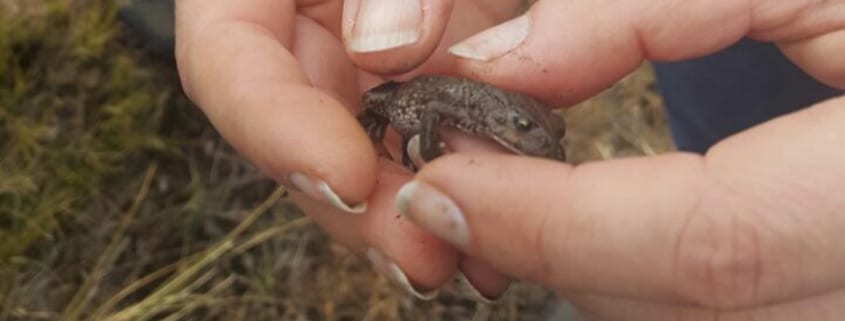Two Incredibly Rare Toads Seen in Two Days
Seven years. Seven toads.
This was the reality of the Amathole Toad — in the past seven years, scientists have spotted only seven of these creatures. Total. Anywhere. Guess how many were spotted in the thirteen years before that?
Did you guess zero? Because the answer is zero.
Needless to say, the toad is rare. Before 2011, scientists thought it was extinct until being rediscovered by Dr. Jeanne Tarrant and her colleagues. Now, it’s listed as Critically Endangered by International Union for Conservation of Nature.

Because we’ve only seen seven toads. In seven years.
But last month (you know where I’m going with this), Endangered Wildlife Trust (EWT), a Rainforest Trust partner in South Africa, sent a field team into the chilly Amathole Mountains to look for toads.
And they found two toads. In just two days.
Seven years. Seven toads.
Two days. Two more toads.
Technically, that’s about a 29 percent increase in sightings in less than 48 hours. Pretty impressive, since the species is a tiny brown toad living in brown grass under brown logs.
“It seems like every day we are hearing another story about a species going extinct or another forest destroyed,” said James Lewis, Rainforest Trust’s Director of Conservation Programs.
“The Amathole Toad and its story should give us all hope. With targeted conservation efforts like this, we can really make a difference to the survival of a species.”
The Amathole Toad has an incredibly limited range within the Amathole Mountains, and currently its habitat has no protection. Rainforest Trust and EWT are working to protect 20,000 acres of the incredibly biodiverse Amathole Mountain range through a Biodiversity Stewardship program, recognizing landowners as the custodians of habitats and ecosystems on their own land. The EWT field team actually did their searching on one of the potential properties for conservation. Along with the Amathole Toad, the area contains other threatened and endemic amphibians, as well as iconic wildlife like the Grey Crowned Crane.
For More Information and to Support this Project: Protecting the Eastern Cape Highlands of South Africa for Rediscovered Amphibian




